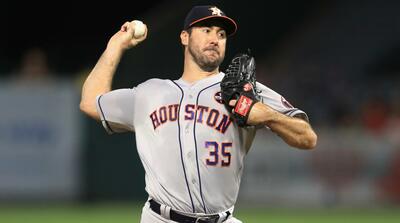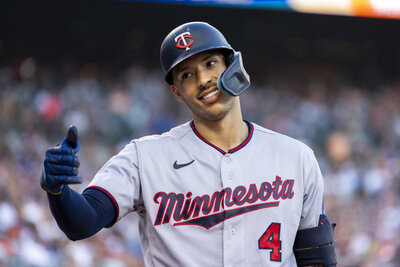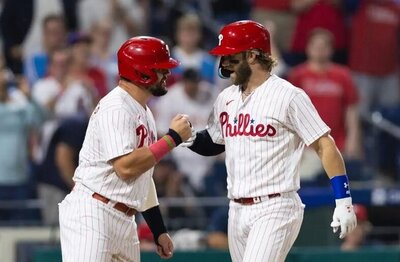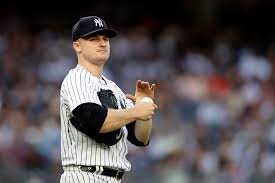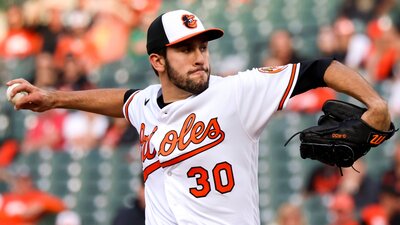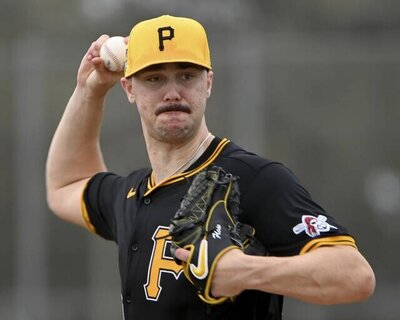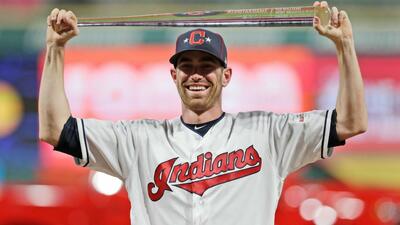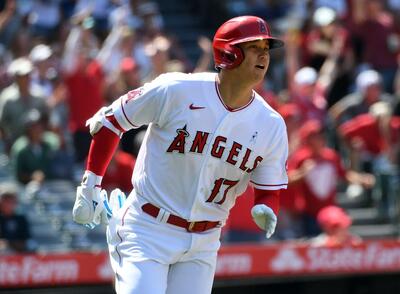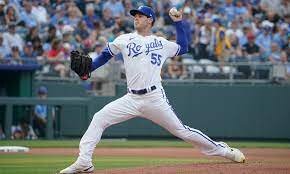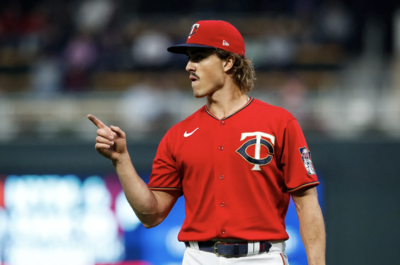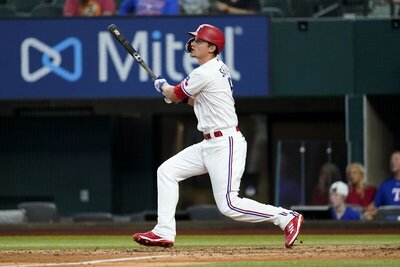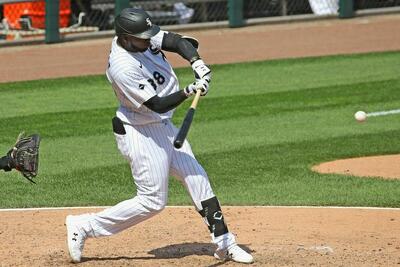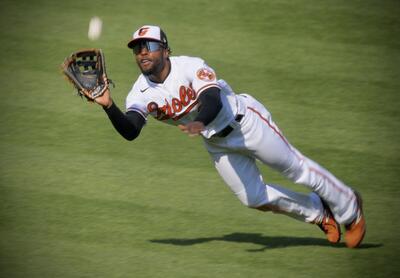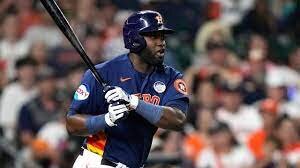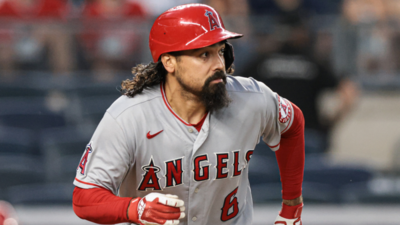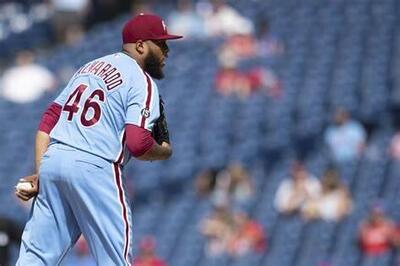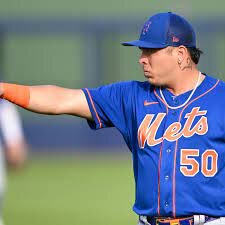All baseball players are created equal, right? Of course not! So why are we still attempting to analyze the maturation curve of starting pitchers the same way we analyze the maturation of offensive players? For years, we have approached aging starting pitchers in the same way one would approach walking on egg shells. Starting pitching is risky, the industry says, and that risk only increases as players age past 30 years old. I've personally accepted that mantra for years, which is ironic because I very rarely blindly accept an assertion without first confirming it myself. It's time, however, to tie up loose ends and run the study myself.
My primary objective was to first confirm what I thought I already knew; the number of innings in a pitcher's arm has a larger impact on performance than the player's age. However, as a secondary benefit, I wanted to also see the performance and development curve of starting pitchers as they both age and as they accumulate innings. Being able to unlock this piece of information will allow me to confirm the assertion that starting pitchers over the age of 30 generally become less attractive fantasy options than when they were younger.
In order to collect the data necessary for the study, I pulled all of the statistics for all of the qualified pitchers dating back to 1998 (the last 20 seasons). Since we know ERA is inherently volatile, fielding independent pitching (FIP) is the best alternative that can still be calculated each of the years in the sample, while still providing a more reliable measurement of pitching performance than what ERA can do. While this is the primary measurement that I use, tracking strikeout rate and walk rate can also provide an important insight into the development curve of the starting pitchers. The numbers you see below represent the aggregate totals for all qualified starting pitching in the season(s) where their cumulative career innings pitched fell into the assigned innings groupings. Dissecting the data at a macro level, rather than an individual micro level, better illustrates trends for the starting pitching pool, in general, without letting individual development curves or talent level drive noise in the analysis.
Aggregate Starting Pitcher Data: Previous Twenty Seasons (1998-2017)
1Data includes all all seasons from all qualified pitchers from 1998-2017
2FIP calculation utilizes the average cFIP from 1998-2017 (3.09760)
As you can see, starting pitcher performance follows an inverted bell curve that indicates a bimodal distribution of a pitcher's FIP as it relates to both a player's age and his experience. The result shouldn't be overly shocking to anyone, but what is shocking to me is when I see the same curve with the data labels. Since almost the beginning of my fantasy baseball career, I have always operated under the assumption that starting pitchers typically saw a steep incline in production early in their career before peaking around their late 20's. From there, I expected a slow, gradual decline until the end of their career. This study, however, indicates the strongest pitching performances occur, on average, between the ages of 31-35 and between 1,000 and 2,500 inning pitched. That, to me, is far more mileage and for more years than I had previously felt comfortable investing in for my fantasy teams.
The results do make sense, however. If you think about typical starting pitcher careers, they typically enter the league and often find either immediate success or immediate failure. If it's the latter, they usually end up back in the minor leagues to continue their development, and if it's the former, their next challenge is adapting to hitters as the book gets published on their offerings. The time it takes for a pitcher to make the adjustment to the hitter's adjustment is usually the most difficult one to project. By the time they get 1,000 innings under their belts (think roughly 5-6 seasons), most of the fringe starting pitchers are weeded out of the game or convered to bullpen arms, and the remaining have begun perfecting their craft to become pitchers and not just throwers. Even as their original skills diminish as they age, the ones accumulating 2,000+ innings almost all have the "knowing how to pitch" skill, so it's logical we see higher strikeout rate, lower walk rates and overall improved FIP numbers the longer the player is in the league.
So what does this mean for 2018 and beyond? It means we finally have firm data that documents the average development curve for starting pitcher performance. It also means that in the day and age where prospects are sexy and veterans are boring, there's a slew of value to be had from pitchers in the middle of their primes. Below is a list of current starting pitchers that fit into some of the more appealing categories above:
Players with greater than 1,000 IP and less than 1,500 IP in 2018:
Chris Sale
Gio Gonzalez
Mike Leake
Jose Quintana
Jeff Samardzija
Ricky Nolasco
Jason Hammel
Players with greater than 1,500 IP and less than 2,000 IP in 2018:
Clayton Kershaw
Max Scherzer
Ervin Santana
RA Dickey
Rick Porcello
Players with greater than 2,000 IP and less than 2,500 IP in 2018:
Justin Verlander
Zack Greinke
Jon Lester






